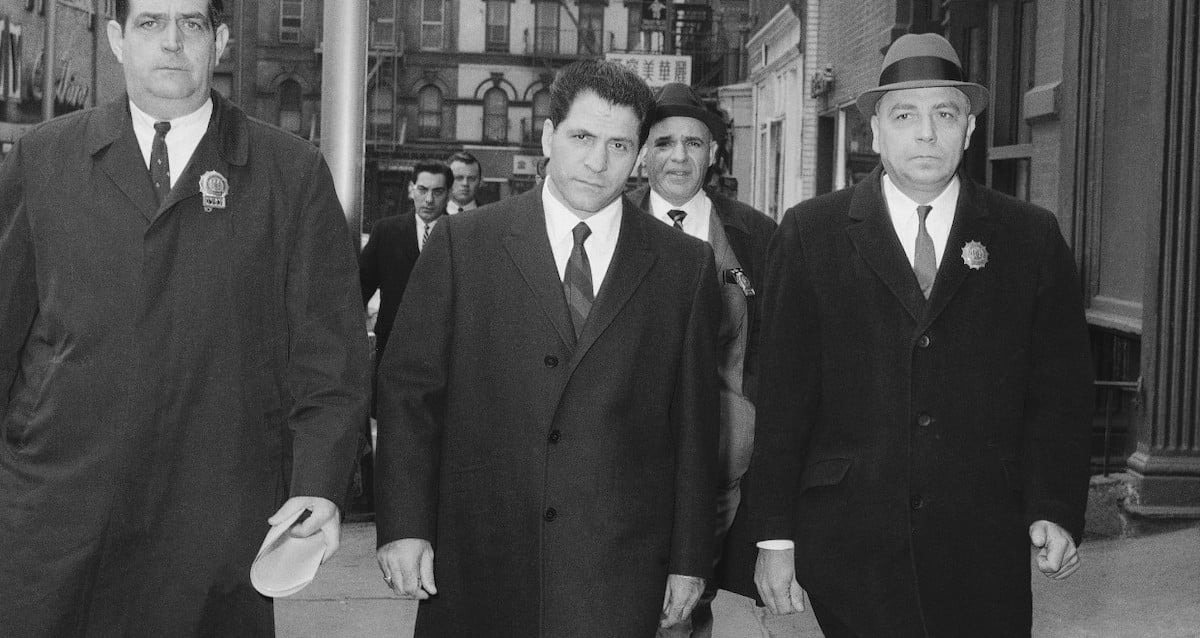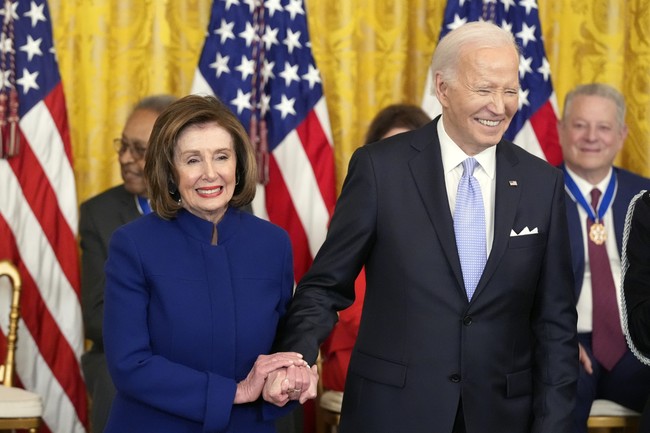
bgr.com
Apple Intelligence will reportedly be free until at least 2027
Apple Intelligence is already available in iOS 18.1 beta in some markets. Apple's suite of genAI features will start rolling out to iPhone 15 Pros and iPhone 16 models this fall. iPads and Macs that run on M1 chips or later will also support Apple Intelligence. Apple will continue to update Apple Intelligence on the iPhone, iPad, and Mac throughout the coming year. Some features, like the advanced Siri AI functionality, will seemingly not be ready until 2025.
All that means Apple can't start charging for Apple Intelligence on iPhones and other compatible devices. From the looks of it, the AI features will still feel like they're in testing, and Apple will need time to get where it wants to be with Apple Intelligence in iOS 18.
Even still, some people expect Apple to eventually monetize Apple Intelligence by locking certain features to a subscription. But you might not have to worry about paying extra for Apple Intelligence anytime soon. A reliable insider says Apple won't charge for some Apple Intelligence features until 2027 at the earliest.
Continue reading...
The post Apple Intelligence will reportedly be free until at least 2027 appeared first on BGR.
Today's Top Deals
Today’s deals: $248 Sony XM5 earbuds, $180 Roomba, $13 Anker fast chargers, $19 Roku streamer, more
Today’s deals: Rare PlayStation 5 discount, $19 Roku, $20 pet hair remover, $60 Keurig coffee maker, more
Today’s deals: $299 Apple Watch Series 9, $50 off PS5, $200 off PSVR, $100 Hoover carpet cleaner, more
Today’s deals: $10 off school supplies, $189 Apple Watch SE, $140 FlexiSpot electric standing desk, more

















